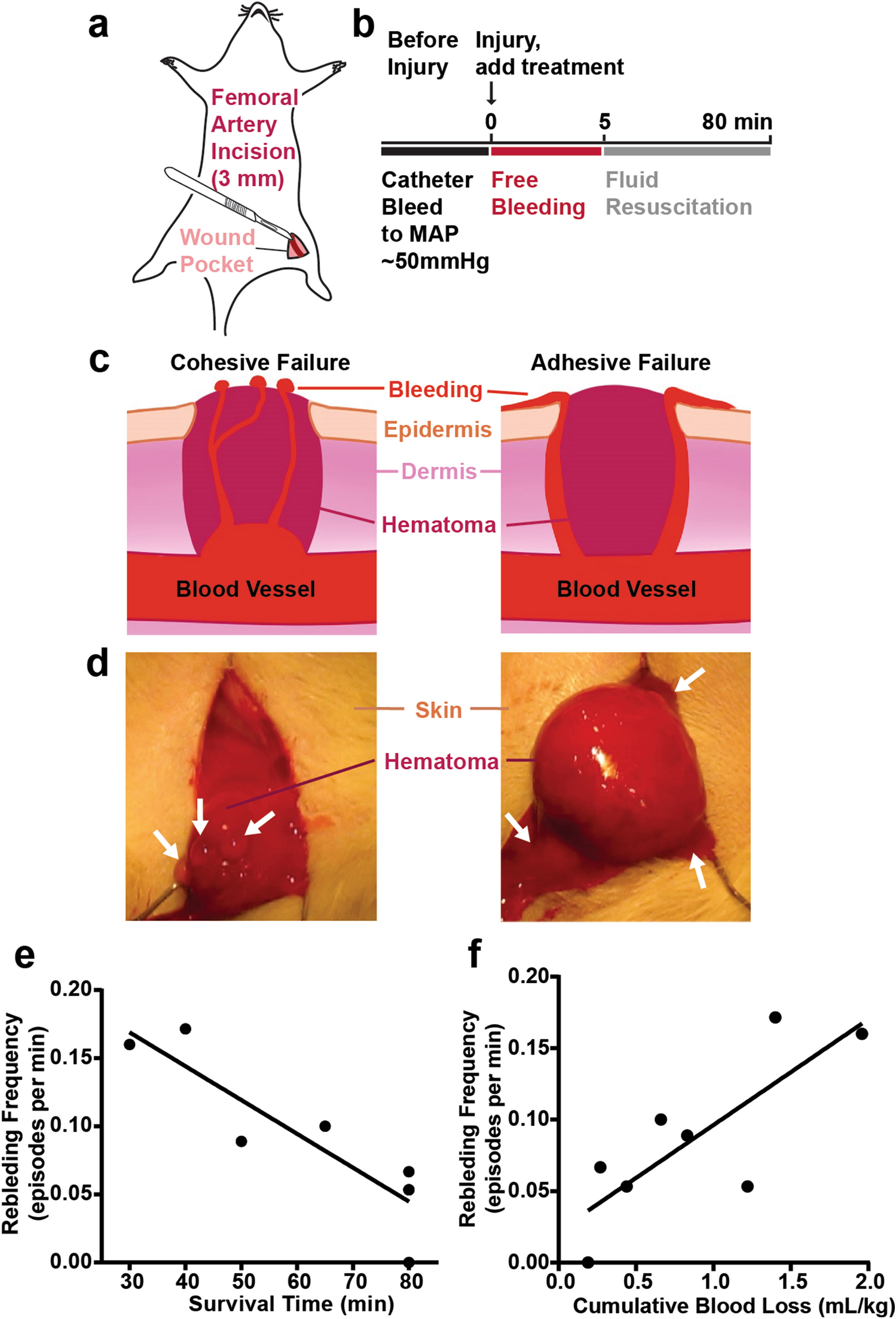How Blood Clots - Blood Disorders - MSD Manual Consumer Version
$ 16.00 · 4.7 (297) · In stock

How Blood Clots - Explore from the MSD Manuals - Medical Consumer Version.
Bleeding occurs when there is a break in a blood vessel wall. Control of bleeding (hemostasis) begins when platelets in the blood become activated (change shape and develop spines) and stick to the injured area. The platelets form a mesh with blood cells, collagen, and other proteins. This mesh, strengthened by long strands of insoluble fibrin, entraps more platelets and blood cells, producing a clot that plugs the break. The clot dissolves as the blood vessel heals.
Brought to you by Merck & Co, Inc., Rahway, NJ, USA (known as MSD outside the US and Canada)—dedicated to using leading-edge science to save and improve lives around the world. Learn more about the MSD Manuals and our commitment to Global Medical Knowledge.

Cholestasis - Liver and Gallbladder Disorders - MSD Manual Consumer Version

Atherosclerosis - Heart and Blood Vessel Disorders - MSD Manual Consumer Version

Purpura Simplex - Blood Disorders - MSD Manual Consumer Version

Acute Myeloid Leukemia (AML) - Blood Disorders - MSD Manual Consumer Version

Deep Vein Thrombosis (DVT) - Heart and Blood Vessel Disorders - MSD Manual Consumer Version
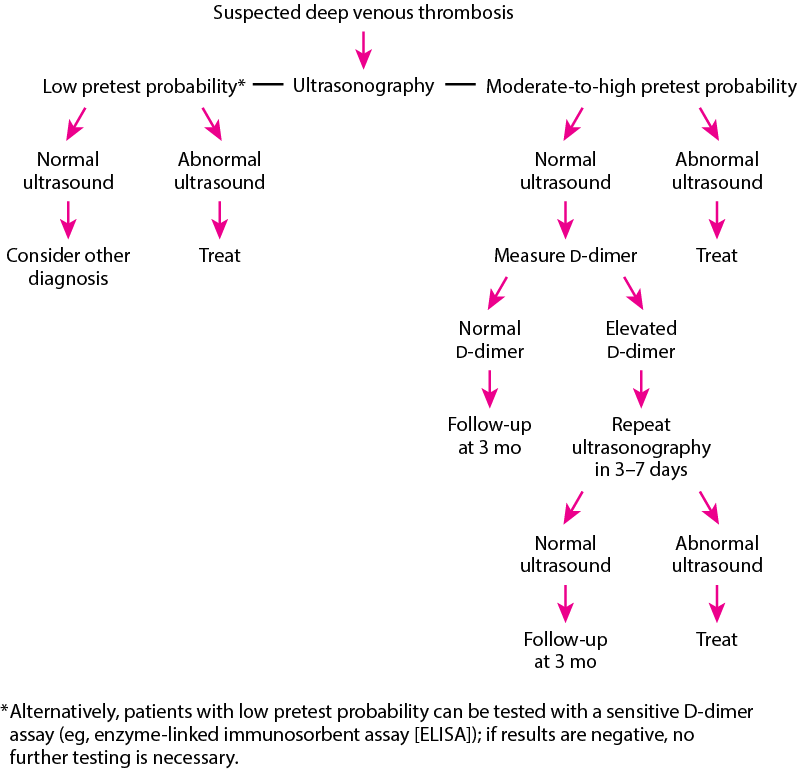
Deep Venous Thrombosis (DVT) - Cardiovascular Disorders - MSD Manual Professional Edition
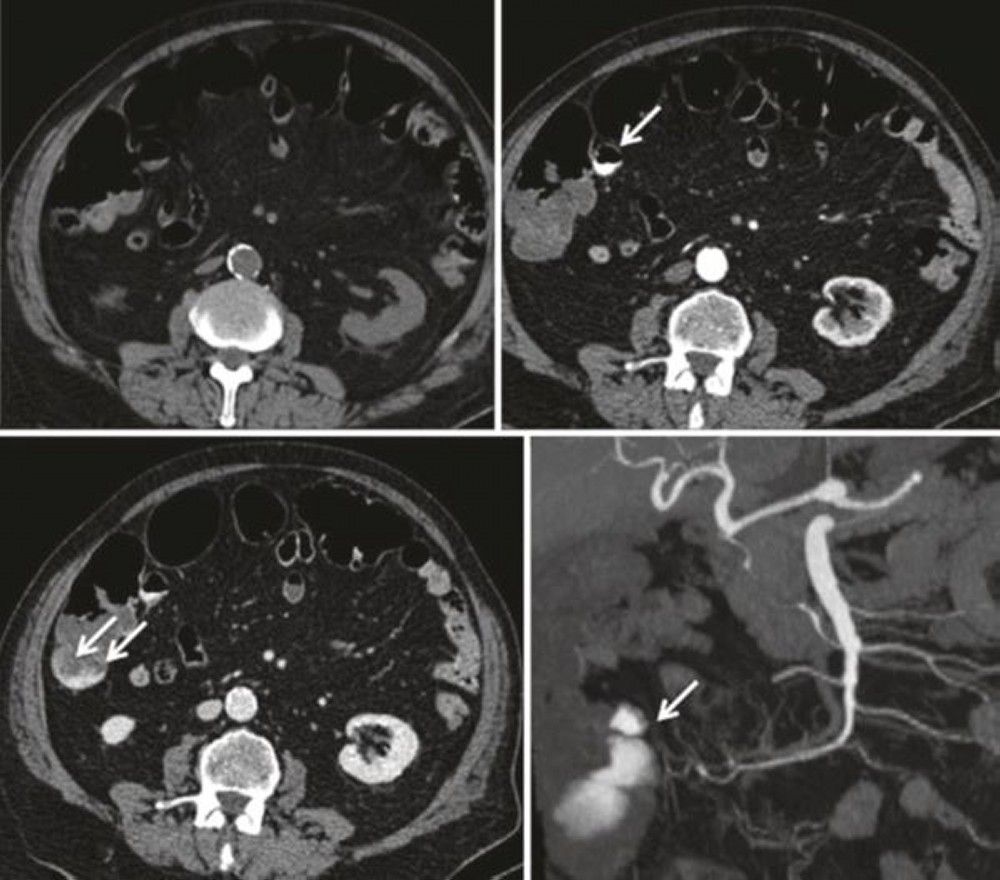
Overview of Gastrointestinal Bleeding - Gastrointestinal Disorders - MSD Manual Professional Edition
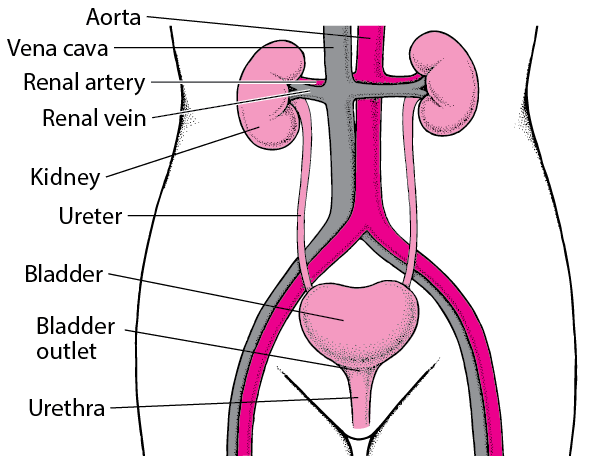
Quick Facts: Renal Vein Thrombosis - MSD Manual Consumer Version
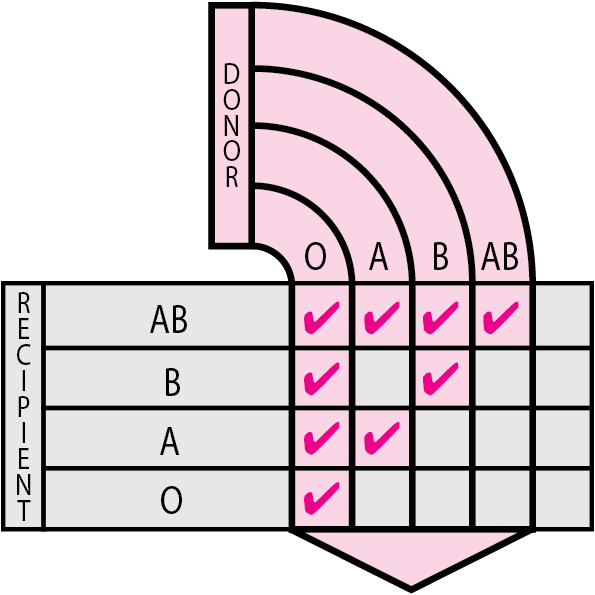
Overview of Blood Transfusion - Blood Disorders - MSD Manual Consumer Version

Protein Disorders Causing Bruising or Bleeding - Blood Disorders - Merck Manuals Consumer Version
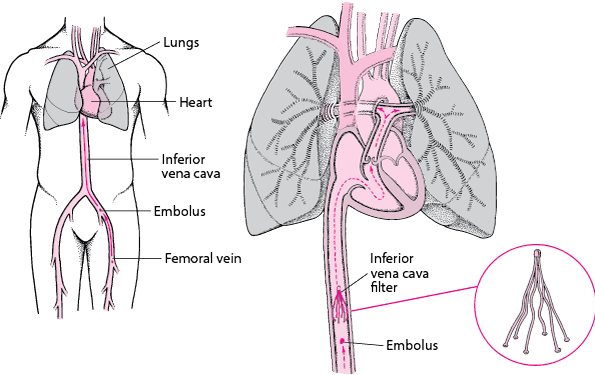
Quick Facts: Pulmonary Embolism (PE) - MSD Manual Consumer Version

Sickle Cell Disease - Blood Disorders - MSD Manual Consumer Version

Nosebleeds - Ear, Nose, and Throat Disorders - MSD Manual Consumer Version








